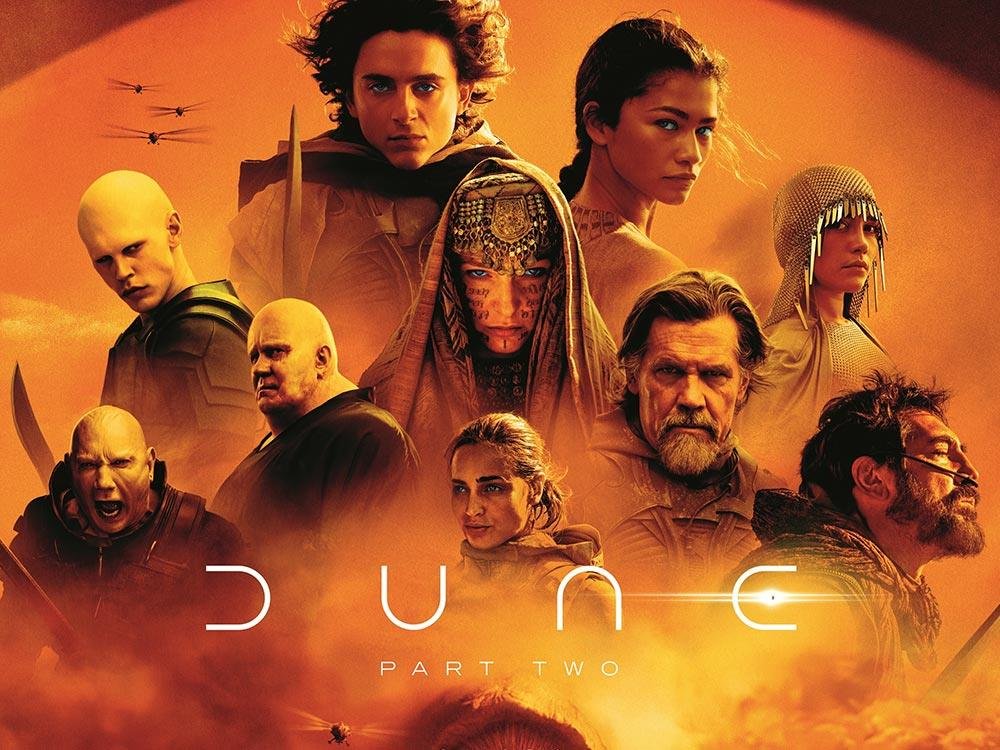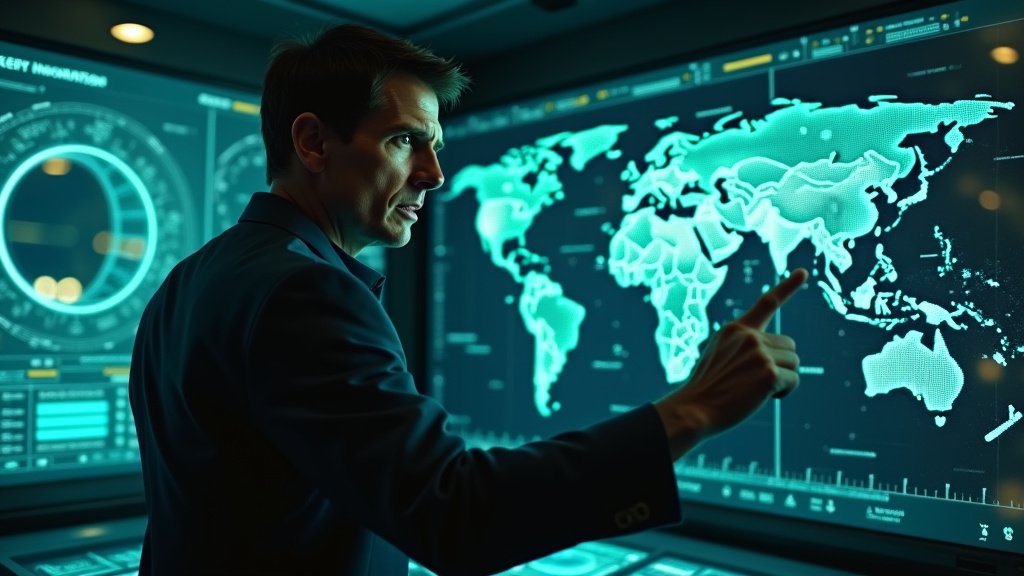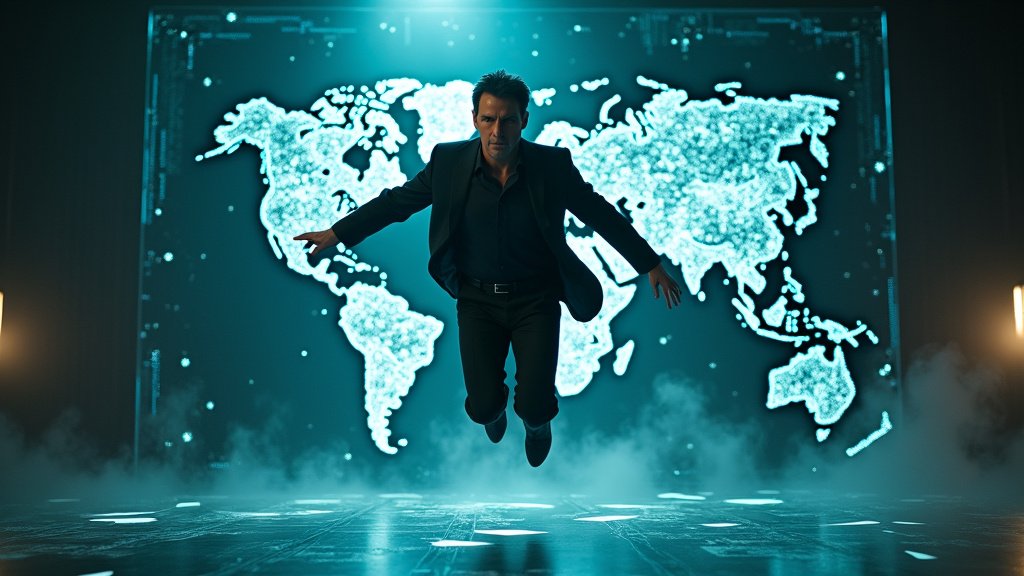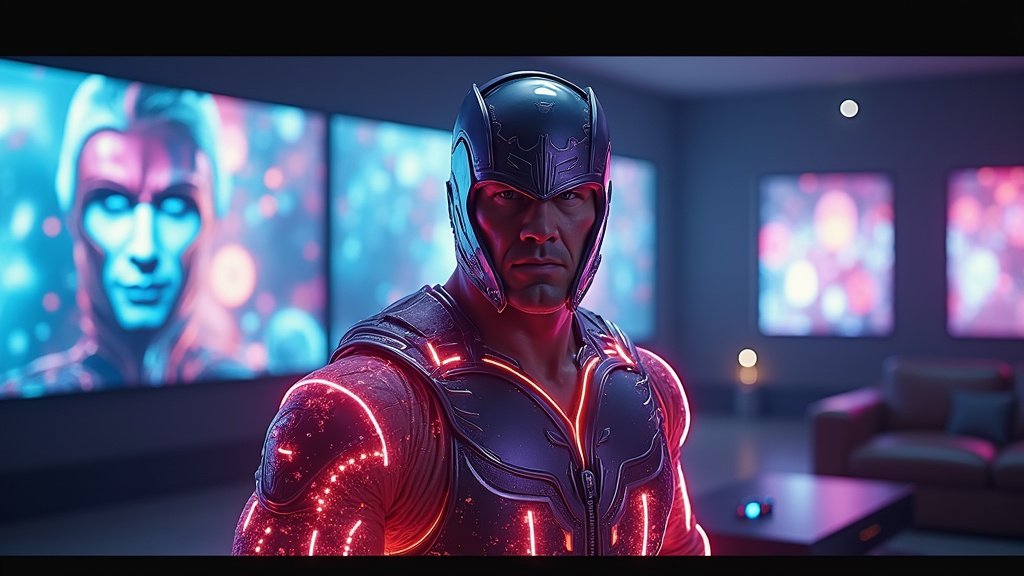When Denis Villeneuve released Dune in 2021, the sci-fi community rejoiced at the masterful adaptation of Frank Herbert’s classic novel. The intricate world-building, rich character arcs, and jaw-dropping visuals captured the essence of Herbert’s dense narrative. But as satisfying as it was, there was always the lingering sense that Dune: Part One was just the setup. With Dune: Part Two, Villeneuve takes the gloves off, delivering a follow-up that not only meets the massive expectations but redefines what a modern sci-fi blockbuster can be.
In this review, we’ll explore why Dune: Part Two is a must-see, how it outdoes its predecessor in nearly every aspect, and what makes this film a strong contender for the best movie of 2024.
Expanding the Universe: The Scope of Part Two
While Part One was about introducing audiences to the vast and complex universe of Arrakis, Dune: Part Two dives headfirst into the political intrigue, war, and rebellion that were hinted at in the first film. Villeneuve’s confidence in his material is evident from the opening frames. We no longer need lengthy exposition to explain the importance of spice, the power struggle between the noble houses, or the mysterious desert-dwelling Fremen. Now, it’s all about moving forward and plunging the audience deep into the action and drama.
The narrative picks up exactly where Part One left off, with Paul Atreides (Timothée Chalamet) and his mother, Lady Jessica (Rebecca Ferguson), on the run with the Fremen after the fall of House Atreides. What’s different this time is the heightened tension, as the stakes are pushed to the limit. Paul’s journey from noble heir to the prophesied “Muad’Dib” takes center stage, and it’s here that Chalamet truly comes into his own. The actor’s portrayal of a messiah grappling with his destiny is more nuanced and emotionally resonant, showcasing his evolution from the young, somewhat naive Paul we first met.
The scale of Part Two is immense, both in terms of narrative scope and visual spectacle. The political scheming between the noble houses intensifies, with Duke Leto’s death in the first film setting off a chain reaction that has galaxy-wide consequences. At the same time, the Fremen’s underground rebellion against the Harkonnens—and by extension, the Emperor—moves into full swing, with Paul at the helm. Villeneuve skillfully juggles these intersecting storylines, never letting the pace falter while still giving each character and subplot room to breathe.
Visual Mastery: A Stunning Cinematic Experience
It’s impossible to talk about Dune: Part Two without marveling at the film’s visuals. If you thought Part One was breathtaking, wait until you see what Villeneuve has in store this time. Every frame of the movie feels like it’s been meticulously crafted, from the vast desert landscapes of Arrakis to the intricately designed interiors of the Fremen sietches and the Emperor’s opulent court.
Villeneuve continues his collaboration with cinematographer Greig Fraser, and the result is nothing short of spectacular. The use of natural light, sweeping aerial shots, and dynamic angles creates a visual language that is both grand and intimate. Whether it’s a massive sandstorm rolling across the desert or a close-up of Paul’s introspective moments, the film’s cinematography amplifies the emotional weight of every scene.
The infamous sandworms, which were a terrifying presence in Part One, are even more formidable here. Villeneuve wisely holds back on overusing them, making each appearance feel significant and awe-inspiring. One sequence, in particular, involving Paul’s first ride on a sandworm, is nothing short of iconic and will undoubtedly become one of the most talked-about moments in the film.
A Cast That Shines: New Additions and Returning Faces
Timothée Chalamet continues to shine as Paul Atreides, but Dune: Part Two is by no means a one-man show. Rebecca Ferguson’s Lady Jessica remains a powerful force in the story, balancing her roles as a mother, a member of the mysterious Bene Gesserit order, and a key player in the unfolding rebellion. Ferguson brings a level of gravitas to the role that grounds the film’s more fantastical elements.
The returning cast members all deliver strong performances, but it’s the new additions that truly elevate the sequel. Florence Pugh, as Princess Irulan, is a revelation. Her character’s political maneuvering adds a new layer of complexity to the story, and Pugh brings both elegance and a quiet intensity to the role. Meanwhile, Austin Butler’s Feyd-Rautha Harkonnen is a menacing and charismatic antagonist, perfectly embodying the ruthless ambition of House Harkonnen. Fans of the book will appreciate how faithfully Butler captures Feyd-Rautha’s arrogance and cunning, while still making the character his own.
Zendaya, who had a relatively limited role in Part One, is finally given the screen time she deserves as Chani, the Fremen warrior and Paul’s love interest. Her chemistry with Chalamet feels more natural here, and her character is more fully developed, making her an integral part of Paul’s journey.
Javier Bardem’s Stilgar, leader of the Fremen, also gets more screen time, and his interactions with Paul are some of the film’s standout moments. Bardem perfectly captures the stoic strength of Stilgar, while also revealing the deep sense of responsibility he feels toward his people. His leadership of the Fremen is portrayed with a quiet dignity, and his bond with Paul feels authentic and earned.
Villeneuve’s Storytelling: Balancing Epic and Intimate
What sets Dune: Part Two apart from other sci-fi epics is its ability to balance the grand and the intimate. On one hand, the film is about intergalactic politics, massive battles, and ancient prophecies. But at its core, it’s a deeply personal story about identity, power, and the human cost of leadership.
Villeneuve’s direction ensures that these larger-than-life themes never feel overwhelming. Paul’s internal struggle—caught between his duty to his family and the galaxy, and his fear of becoming the violent, all-powerful figure he sees in his visions—is at the heart of the story. Chalamet’s portrayal of Paul’s growing unease and inner turmoil is masterfully done, grounding the film in a relatable human experience even amidst its high-concept sci-fi elements.
Villeneuve also makes excellent use of silence and space, allowing moments of reflection to breathe without feeling rushed. This slower pace may not appeal to everyone, especially those expecting non-stop action, but it’s in these quiet moments that the emotional depth of the characters is truly explored.
Action-Packed and Gripping: More Than Just a Visual Feast
Although Dune: Part Two is undoubtedly a visual spectacle, it never sacrifices substance for style. The film’s action sequences are as visceral and thrilling as they come, yet they are always in service of the story. From large-scale battles to more intimate hand-to-hand combat, the choreography is precise, and every fight carries weight.
One of the highlights is the climactic battle between Paul’s Fremen forces and the Harkonnens, which is as intense and emotionally charged as it is visually stunning. Villeneuve handles the chaos of warfare with a steady hand, making sure that the action is coherent and impactful, rather than devolving into mindless spectacle. And for fans of the books, many of the iconic moments from the latter half of Herbert’s novel are brought to life with painstaking detail.
But beyond the large-scale warfare, Dune: Part Two also excels in its quieter, more intimate conflicts. Paul’s face-off with Feyd-Rautha, for instance, is both a physical and psychological battle, with Villeneuve building tension through expertly timed cuts and close-ups.
The Soundtrack: Hans Zimmer’s Magnum Opus
Hans Zimmer returns to score Dune: Part Two, and if his work on the first film was exceptional, his score here is transcendent. Zimmer’s unique use of instruments, vocals, and percussion creates a soundscape that feels both otherworldly and deeply primal. The music enhances every scene, whether it’s the tension of a political negotiation, the beauty of the desert, or the intensity of a battle.
One of Zimmer’s greatest achievements with this score is how seamlessly it blends with the visuals. The music never overwhelms the scene but instead works in harmony with the cinematography and sound design to heighten the emotional stakes.
A Triumph of Sci-Fi Filmmaking: Why Dune: Part Two Sets a New Standard
In conclusion, Dune: Part Two is a triumph of sci-fi filmmaking that surpasses its predecessor in nearly every way. From the stunning visuals to the complex characters and gripping narrative, Denis Villeneuve has crafted a film that feels both epic and intimate, a rare feat in today’s blockbuster landscape. The performances, particularly from Timothée Chalamet, Florence Pugh, and Austin Butler, elevate the material, while the breathtaking cinematography and Hans Zimmer’s powerful score make this a must-see on the biggest screen possible.
For fans of the novel, Dune: Part Two is the adaptation they’ve been waiting for, staying true to the source material while bringing new life to the world of Arrakis. And for those unfamiliar with Frank Herbert’s work, this film offers an immersive, awe-inspiring journey into one of the most complex and fascinating sci-fi universes ever created.
Prepare to be blown away—Dune: Part Two isn’t just a movie, it’s a cinematic experience that will be talked about for years to come.





